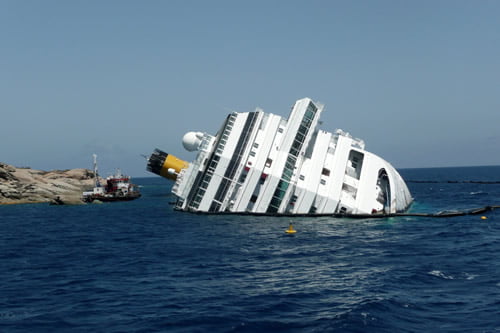What is resilience engineering?
“Safety is the sum of the accidents that do not occur. While accident research has focused on accidents that occurred and tried to understand why, safety research should focus on the accidents that did not occur and try to understand why.” (Hollnagel et al., 2006)
 Resilience engineering is an emerging discipline representing a new approach to safety. Traditional approaches to safety focus on what goes wrong when systems fail, where resilience engineering considers how safety is maintained under normal conditions to anticipate performance amid ambiguity and uncertainty. In this way, resilience engineering expands upon traditional approaches to safety to investigate what goes right when systems are faced with surprise.
Resilience engineering is an emerging discipline representing a new approach to safety. Traditional approaches to safety focus on what goes wrong when systems fail, where resilience engineering considers how safety is maintained under normal conditions to anticipate performance amid ambiguity and uncertainty. In this way, resilience engineering expands upon traditional approaches to safety to investigate what goes right when systems are faced with surprise.
Resilience engineering (RE) acknowledges that humans are intimately coupled with the design, operation, management, and regulation of critical systems. Unlike risk assessments based on linear causation, RE considers the dynamic nature of complex, human-technological interactions. RE seeks to make rigid systems more extensible by engaging the adaptive capacities of people to solve new problems and to make over-extended systems more robust by engaging technologies to ensure timely crisis response. Together, RE in practice enables more effective sensing, anticipating, adapting, and learning from unexpected changes which impact operations and performance.
RE theory, concepts, and methods apply to a wide range of fields and applications including all forms of emergency preparedness & disaster response, critical infrastructure (e.g. energy, water, transportation, communications, and cyber-security), health science, organizational development, urban systems, supply chain management, space exploration, military operations, and climate change.
